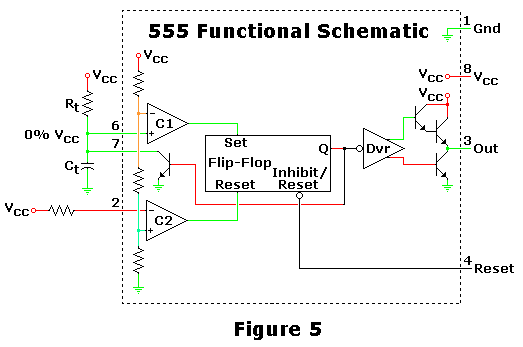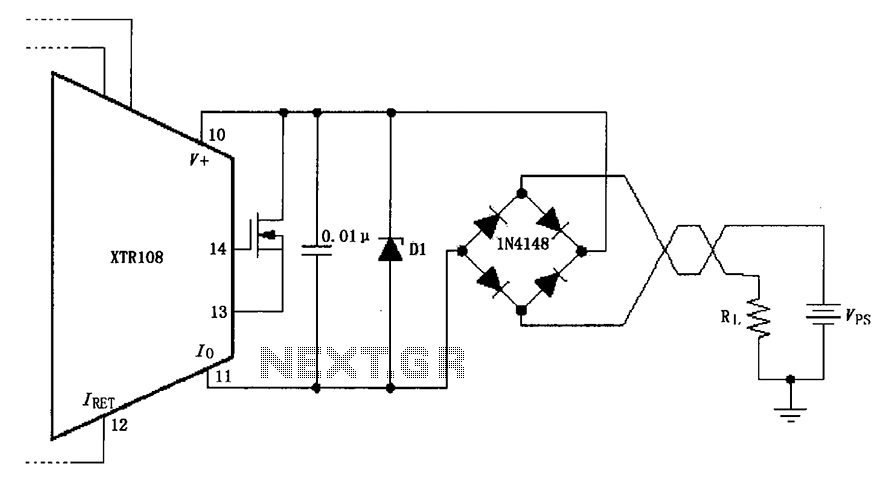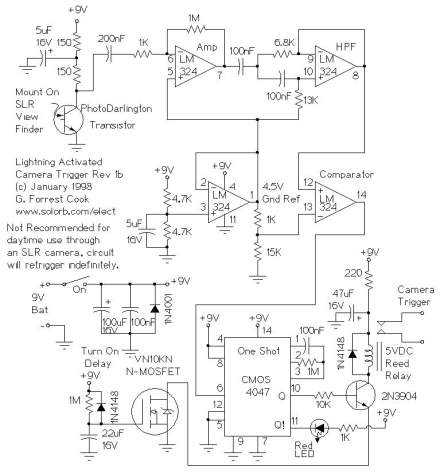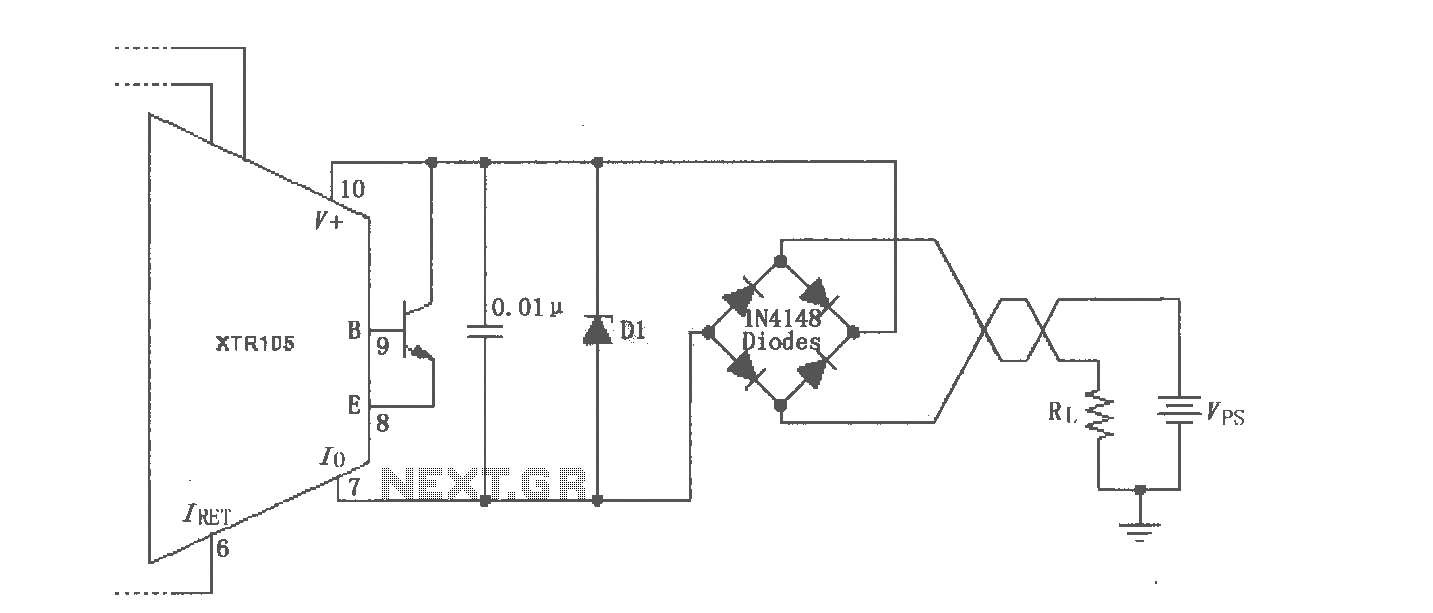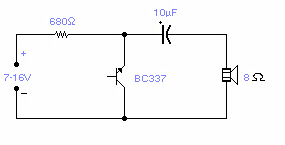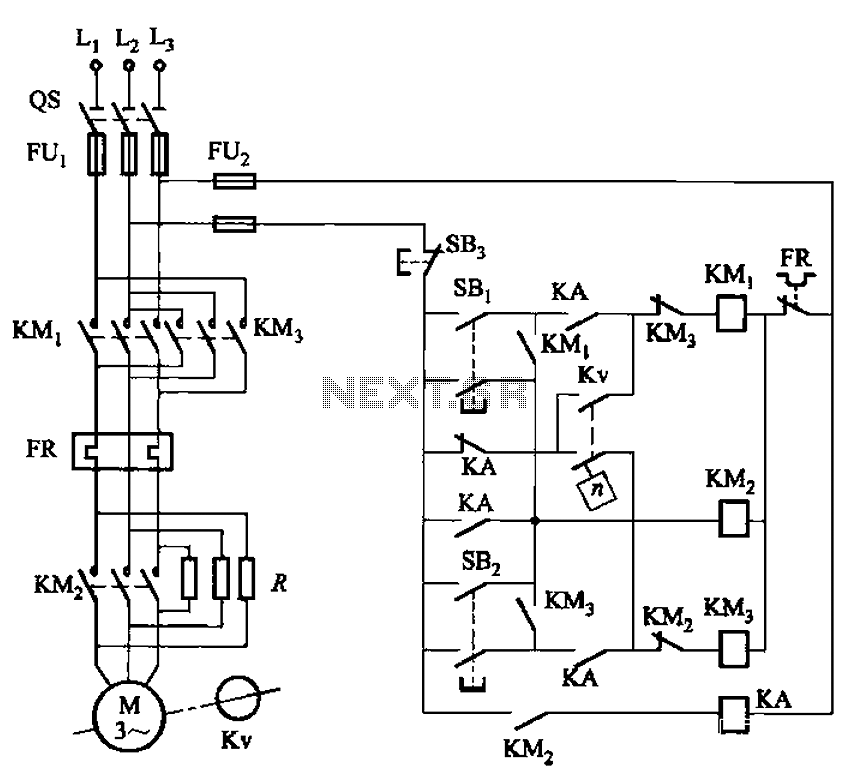
Reverse Engineering
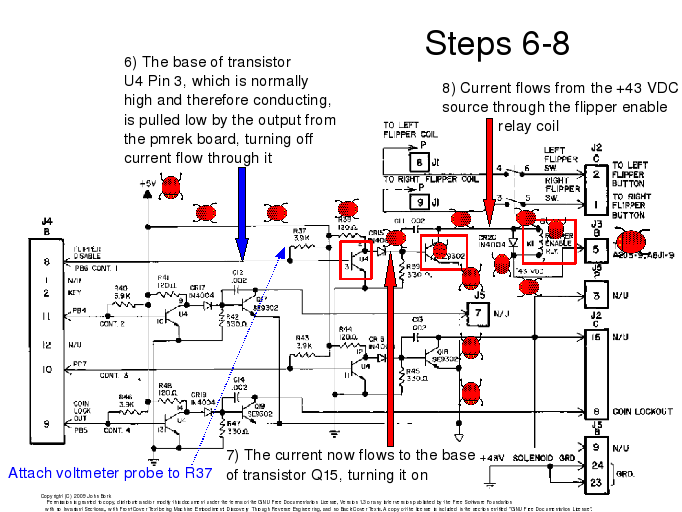
Reverse engineering is employed for educational purposes and to counteract the inclination to overlook the tangible aspects of machinery. This approach emphasizes the importance of engaging with the physical objects themselves rather than relying exclusively on symbolic representations of information.
Reverse engineering in an educational context involves analyzing existing machinery and systems to understand their design, functionality, and construction. This process not only enhances comprehension of the material realities involved in engineering but also fosters critical thinking skills. By dismantling and studying the components of a device, learners can observe how various elements interact and contribute to the overall operation of the system.
In practice, a typical reverse engineering project may begin with the selection of an object, such as a consumer electronic device. The object is carefully disassembled to expose its internal components, including circuit boards, sensors, and connectors. Each part is documented, and its function is analyzed in relation to the entire system. This hands-on experience allows students to grasp complex concepts such as signal flow, power distribution, and component interaction.
Furthermore, reverse engineering can be integrated into curriculum development, providing a framework for practical applications of theoretical knowledge. Students can engage in projects that require them to recreate or improve upon existing designs, thereby applying principles of electronics, mechanics, and materials science. This methodology not only enriches the learning experience but also prepares individuals for real-world engineering challenges by reinforcing the significance of the physical aspects of technology.
Overall, reverse engineering serves as a vital pedagogical tool that bridges the gap between theoretical understanding and practical application, ensuring that learners appreciate the materiality of the systems they study.We are using reverse engineering for pedagogy and for resistance to the tendency to ignore the material reality of machinery and the tendency to rely solely on information represented in patterns of symbols rather than the actual material objects that constitute the thing itself being discussed.. 🔗 External reference
Reverse engineering in an educational context involves analyzing existing machinery and systems to understand their design, functionality, and construction. This process not only enhances comprehension of the material realities involved in engineering but also fosters critical thinking skills. By dismantling and studying the components of a device, learners can observe how various elements interact and contribute to the overall operation of the system.
In practice, a typical reverse engineering project may begin with the selection of an object, such as a consumer electronic device. The object is carefully disassembled to expose its internal components, including circuit boards, sensors, and connectors. Each part is documented, and its function is analyzed in relation to the entire system. This hands-on experience allows students to grasp complex concepts such as signal flow, power distribution, and component interaction.
Furthermore, reverse engineering can be integrated into curriculum development, providing a framework for practical applications of theoretical knowledge. Students can engage in projects that require them to recreate or improve upon existing designs, thereby applying principles of electronics, mechanics, and materials science. This methodology not only enriches the learning experience but also prepares individuals for real-world engineering challenges by reinforcing the significance of the physical aspects of technology.
Overall, reverse engineering serves as a vital pedagogical tool that bridges the gap between theoretical understanding and practical application, ensuring that learners appreciate the materiality of the systems they study.We are using reverse engineering for pedagogy and for resistance to the tendency to ignore the material reality of machinery and the tendency to rely solely on information represented in patterns of symbols rather than the actual material objects that constitute the thing itself being discussed.. 🔗 External reference
